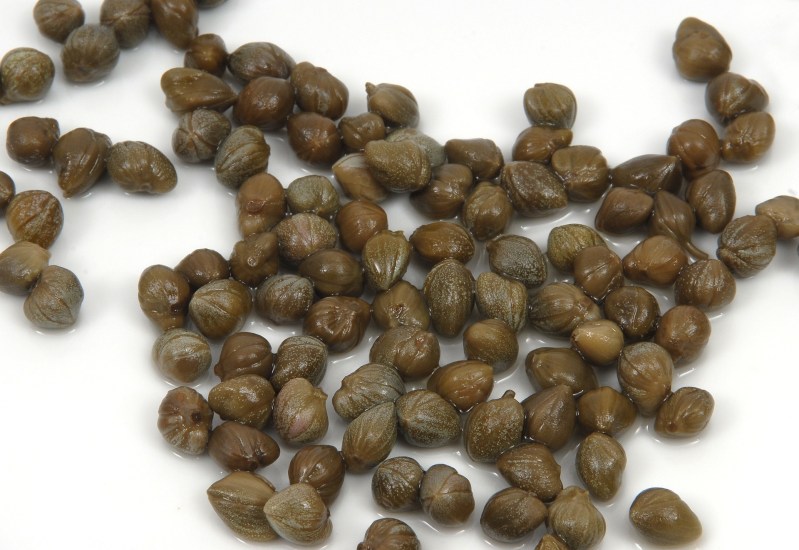Every olive-obsessed, bring-on-the-brine fan of a flavorful vinegar punch loves a caper. These weird little briney beads are the perfect addition to anything that needs an added zip. Salads, sandwiches, sauces, pork, fish, and chicken all pair beautifully with these little green gems, and we can’t seem to get enough.
While you may only know them as the star of your favorite chicken piccata recipe, capers are actually so much more than an absentminded garnish that only serves as an afterthought for the sake of tradition. They’re actually delicious little flavor bombs, packing a real punch of power if you know how to use them.
Have you ever wondered, though, what exactly capers are? Are they seeds? Some strange sort of seaweed? Nuts that somehow lost their way? A strange gift from space that has gone unquestioned all these years?
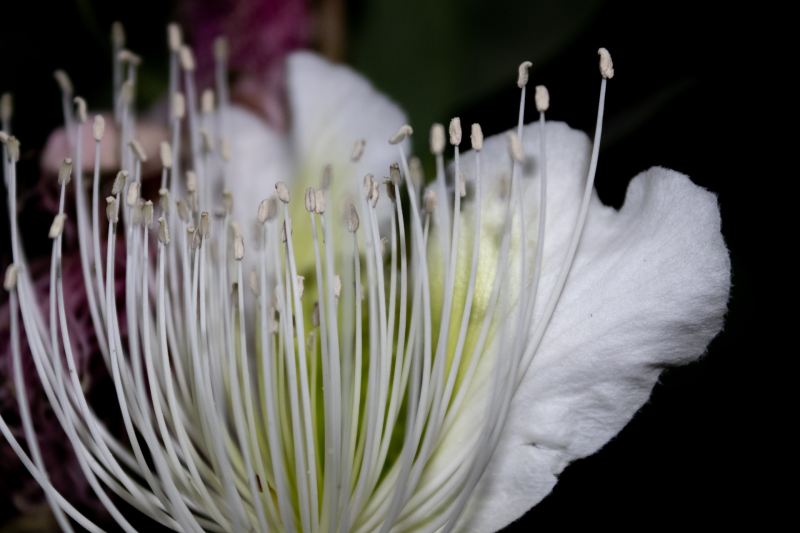
What are capers?
Actually, capers are far less exciting than any of those theories, but that doesn’t make them any less delicious. They’re actually the green flower buds of a bush called capparis spinosa that grows wild across the Mediterranean and some parts of Asia. The buds are harvested and dried, then preserved in a salty brine that gives them that deliciously pickled and tart flavor we adore.
Though not as common as capers, you may sometimes see caperberries on the shelf next to the capers. These are simply the fruit of the caper plant when it has been left to bloom. Caperberries are much larger than capers, usually about the size of an olive, and make for an absolutely stunning cocktail garnish.
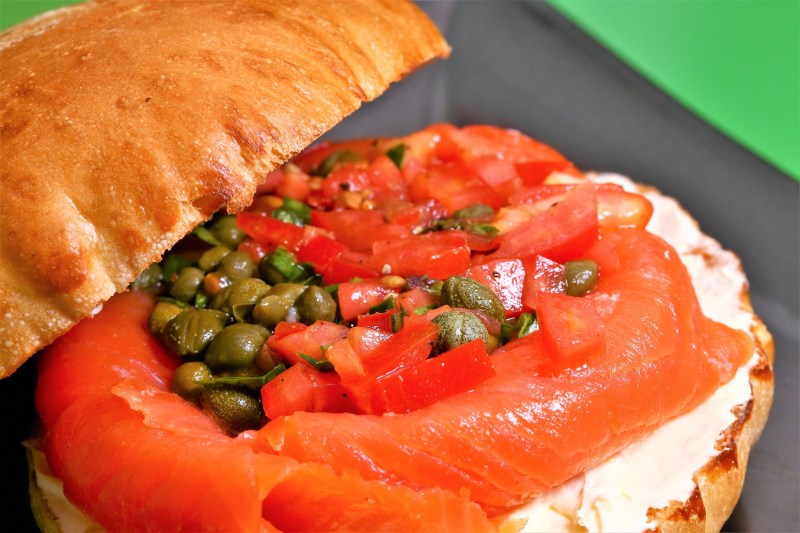
What do capers taste like?
Like many of its briny buddies, capers have a very salt-forward tartness with a surprising amount of depth and savoriness for such a little ingredient. Their flavor can also be slightly to moderately floral, which separates them from other pickled ingredients and makes them such a unique and crave-worthy ingredient.
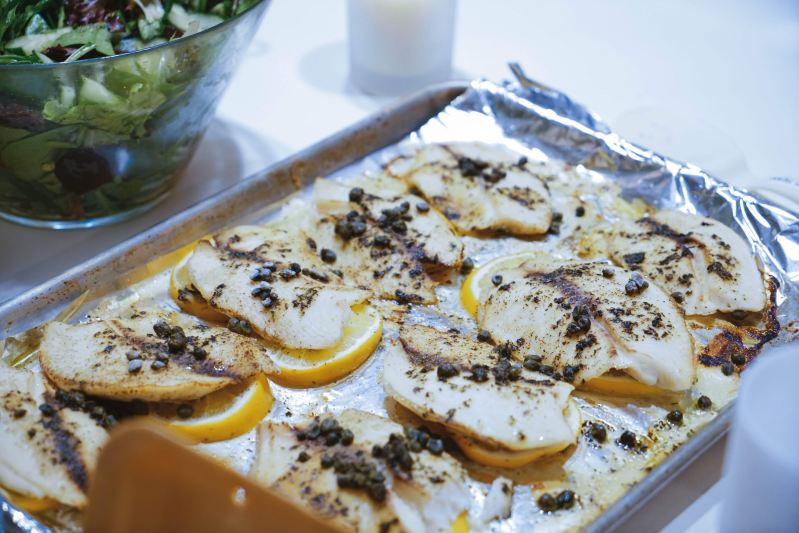
How do I use capers?
Most often paired with seafood dishes due to their lemony zip and floral tartness, the caper, in our opinion, is an underutilized pearl of an ingredient. While potent and unique, the caper also somehow blends with a vast array of dishes. Put them on a spread of light and airy canapes or flatbreads with dips, and they’ll add a curious depth. Sprinkle them atop a rich and hearty lamb stew, and they’ll pop as a refreshing zing to the otherwise rich and savory flavors. They’re somehow simultaneously versatile while still maintaining a unique and complex flavor.
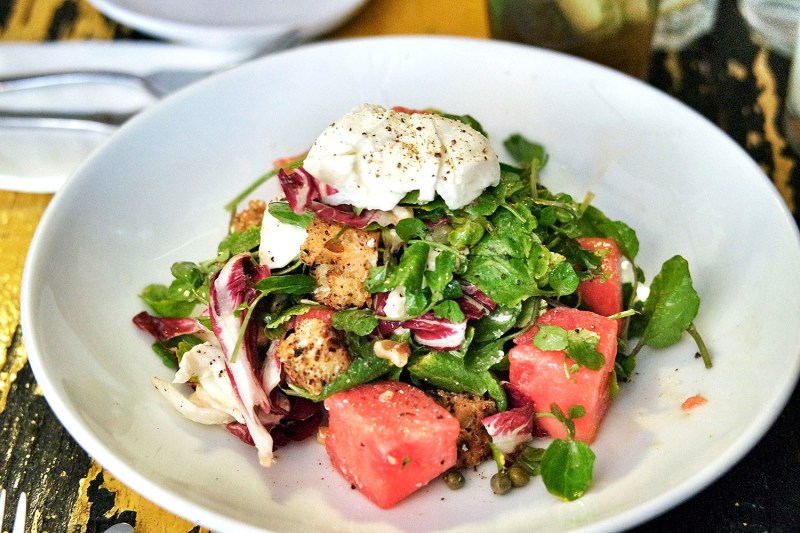
Watermelon mozzarella salad with capers recipe
Ingredients:
- 2 cups watermelon, cut into 1/2-inch pieces
- 2 cups watercress
- 1 cups butter lettuce
- 1 cup radicchio
- 6 ounces fresh mozzarella, sliced
- 1/2 cup capers
- 1 cup croutons
- 1 lemon, zested and juiced
- 4 tablespoons olive oil
- Kosher salt and freshly ground pepper to taste
Method:
- Gently toss all ingredients together until combined. Serve immediately.
